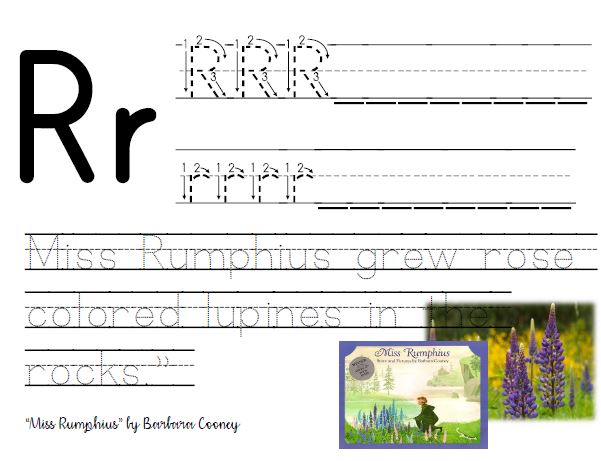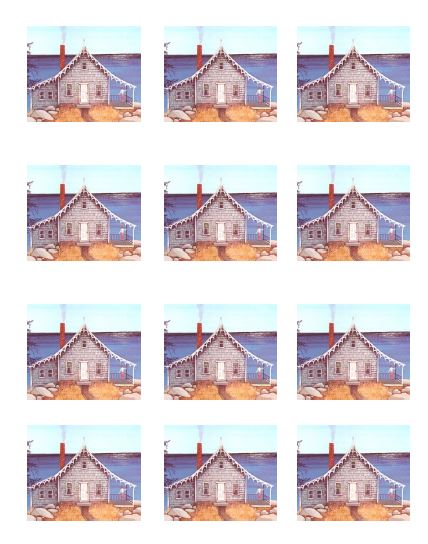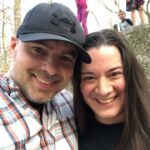Welcome! The following is the 2nd in a series of 24 lesson plans, Learning the ABC’s through Literature, the 1st year. It was written especially for classroom use within a homeschool co-op, and was designed to teach the alphabet, over the course of a school year, using classic childrens literature. The books are primarily taken from the Five in a Row Curriculum by Jane Lambert, with several others added as well. The plans were designed to give just a little bit more, so it could be more usable within a classroom setting. Teachers questions, printables, craft ideas, classroom handouts, etc are included within all the lessons. This is geared towards a K-1st grade class. If you are interested in something similar for older children, the Learning through Literature series is a more developed concept of this same idea, geared towards 1st-3rd, and also uses mostly Five in a Row books. You can find it here, Learning through Literature, the 2nd year.
Letter R: Miss Rumphius by Barbara Cooney
Things I Need:
- Miss Rumphius Book
- US Map (with clear picture of Maine) and
the nearby Atlantic Ocean - Watercolor or Heavy Duty Paper (8×11, cut down the middle work best)
- Green/purple/pink/blue/white poster or acrylic paint
- Toothpicks or Wooden Skewers
- Q-Tips
- Letter R Handwriting sheet (Download it here)
Introduce the Story:
Winter almost over … new season coming. What season comes
next? (Spring.) What is one of the first signs of spring? (Flowers). Our story is
about a lady who planted LOTS of flowers
takes place)
United States. (This is also the home location of the author, and while not biographical, it is a close sketch of her life.)
Use the Cardinal Directions to Find Maine on the Map
Who Remembers the directions? (N/E/S/W) Does anyone know something to help us remember these? (Never Eat Shredded Wheat is a common one, your students may know others).
Find Maine on a US Map together. Or use your newly learned/reviewed directions to have a student find it.
- We used our cardinal directions (North/East/South/West) to find the way to get to Maine from our state. If you have a compass, and extra time – this would be a great time to pull it out. We had a globe and a map on hand to help illustrate directions.
- After finding Maine, we discussed how it was next
to the Atlantic Ocean. Take the opportunity to quickly introduce and point out the Oceans as well.
Through our story, Miss Rumphius travels all over the world …
so we have our globe with us today too, and we will find the places she travels
as the book goes along.
- As you read the story, if you have time, have the kids find the places on the map where Miss Rumphius visits. Although the story doesn’t say directly, if you look up a few of the places listed, you can find she went to Indonesia (the Islands) and Tunia (where she hurt her back).
Read through Miss Rumphius / Find locations in the book as you read
If time permits, find a few of the places that she traveled to on your map. You could also discuss places being hot or cold because of their proximity to the equator. (as referenced in earlier classes). A fun point to note out is that even if you were to visit Maine today, you would still find Lupines everywhere, even though they are not native to the state.
Complete the Letter R Handwriting Sheet (Download it here)
Art/Craft: Lupine Landscape Paint Art – Mixed Media
We used mixed media 1) because this is how Barbara Cooney illustrates, and 2nd, because it made it a little easier for the little ones to all have a finished product that they felt proud of. Landscapes can be tricky to understand for little ones, but doing it this way, step by step, gave everyone the opportunity to have a great-looking finished product. And they really did turn out well. The lupine q-tip flowers were the perfect final touch for a story-complimenting work of art. The painting is made to closely resemble the last page of the book.
Crayons
First – Crayons
We Colored the top 1/3 of our paper with light blue crayons
We Colored the middle with pink (sunset sky)
We Colored the bottom 1/3 with dark blue (representing the ocean)
(no pic of this, as we skipped it the first time through … oops)
Second – Paint (poster or acrylic)
Help them outline two hills in green paint. You can pre-prep the crafts by putting a dotted line for them to trace with a paint brush, but most of our 5 and 6’s were able to do this without much trouble.
Third – Add a paper house (template below)
Choose a spot for their “house by the sea” and glue it on. (we used the last page of the book as our example to copy … in a very simplified 5-year-old type of way). These may need to be trimmed a little more, according to preference.
Fourth – Toothpicks or Skewers
Use Toothpicks or Skewers to draw LOTS of straight, vertical, lines on the hills, right into the wet paint. These are going to be your Lupine stems.
Finally – Q-Tips with paint (all shades of blues, pinks, purples, white – mixing colors totally okay)
Use the q-tips to dip in the paint and make circles all the way up each “stem”.
Enjoy the results! For a basic landscape scene with 4-6year olds, I thought it came out pretty well, and introduces a lot of new concepts.
Click here to return to the Learning the ABC’s through Literature complete booklist and see the general instructions for each lesson.












